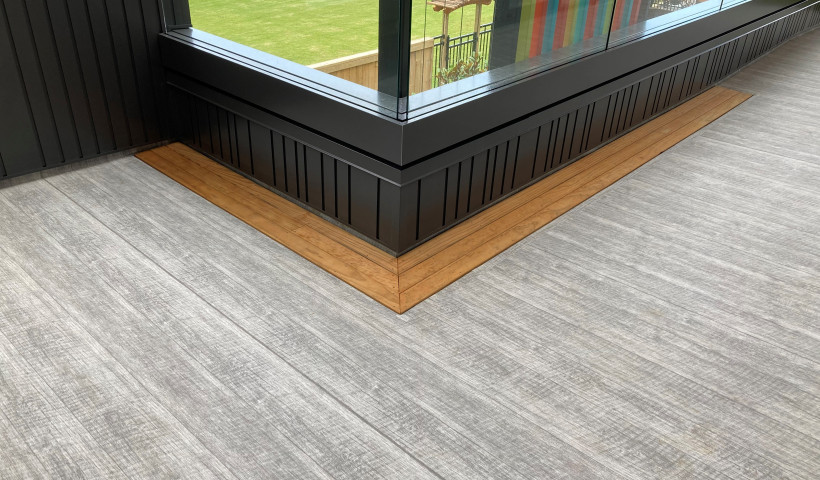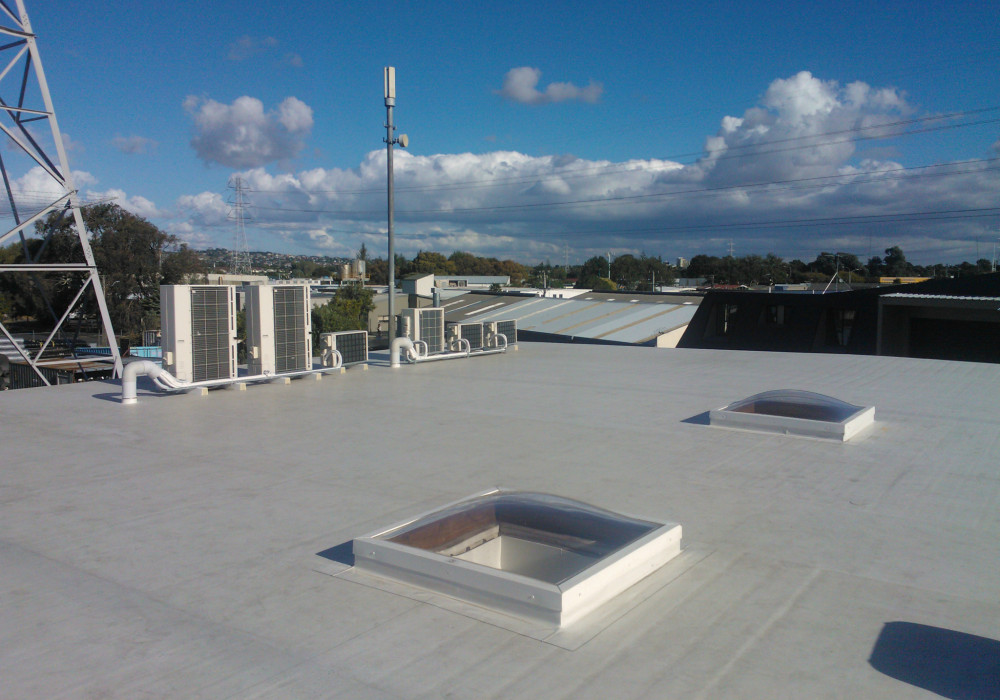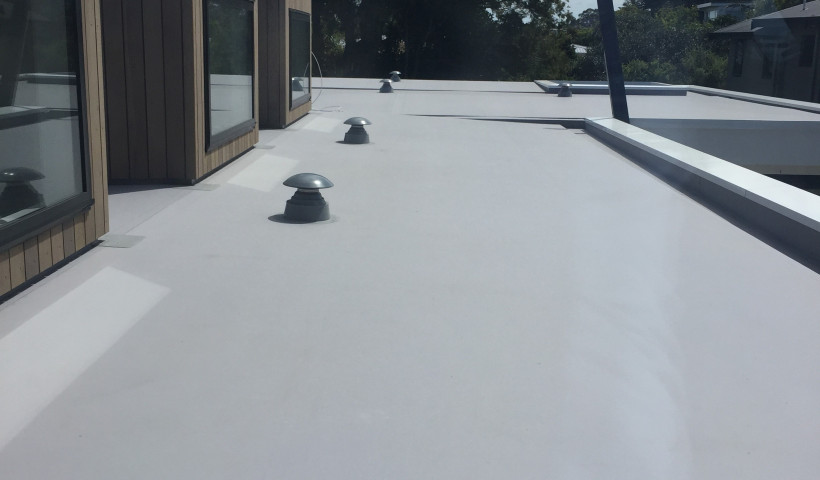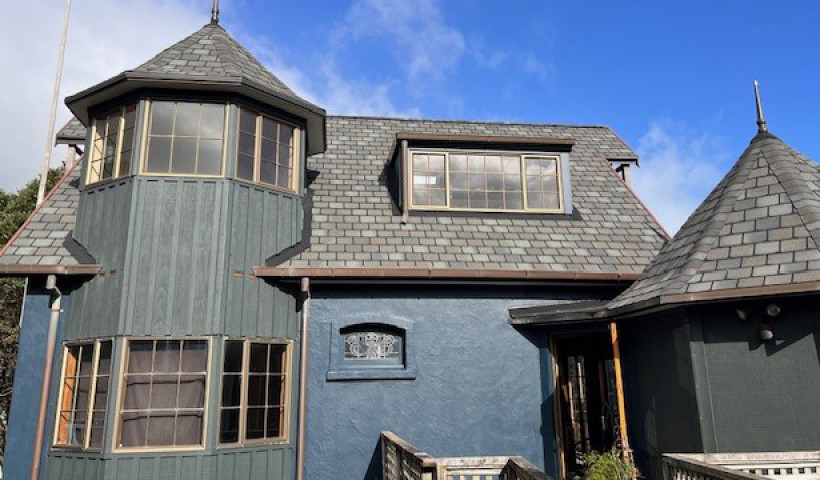
The increase in the level of warm roof specification is encouraging as Kiwis have been subjected for too long to damp buildings that are too hot in summer and too cold in the winter.
The warm roof hype has encouraged the introduction of superfluous materials such as mechanical plates/fasteners and cover boards to name a few. These 'assemblies' add unnecessary complexity, avoidable cost and more importantly, reduce the thermal efficiency of a warm roof.
The Viking Warm Roof system doesn't detract from its primary purpose — thermal efficiency — removing superfluous extras to allow the system to do its job unimpeded.
Viking's BRANZ appraised warm roof system (no. 713) comprises of two-layers: (i) rigid Kingspan polyisocyanurate insulation installed on top of a substrate (plywood, concrete or steel) with; (ii) any of Viking's BRANZ appraised waterproofing membrane systems installed on top. (NB: A vapour barrier is also required in Climate Zone 3).
Kingspan polyisocyanurate's superior density removes the need for a cover board, which is heavy and typically for crush-proofing. A hero of Viking's system is its two-part polyurethane foam adhesive (called F.A.S.T.) for securing insulation panels to the substrate. The wind uplift resistance of F.A.S.T. outperforms that of plates and fasteners, preventing thousands of screw punctures in the insulation and substrate that results in expensive thermal bridging.
The Viking Warm Roof system is not only suitable for new-builds, but is also commonly used as an overlay solution for re-roofing. This makes it easier for specifiers and building owners as building consents are not required, providing the existing roof is not being replaced and has satisfied the minimum 15 year durability requirement under B2.
The Viking Warm Roof also has the industry's highest possible fire rating (Group 1-S).
To learn more or register for an information pack, contact Viking Roofspec.













 New Products
New Products















 Popular Products from Viking Roofspec
Popular Products from Viking Roofspec

 Most Popular
Most Popular


 Popular Blog Posts
Popular Blog Posts
